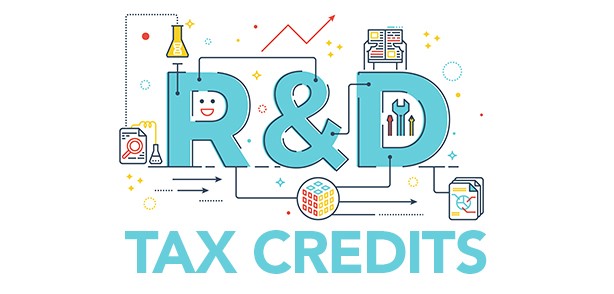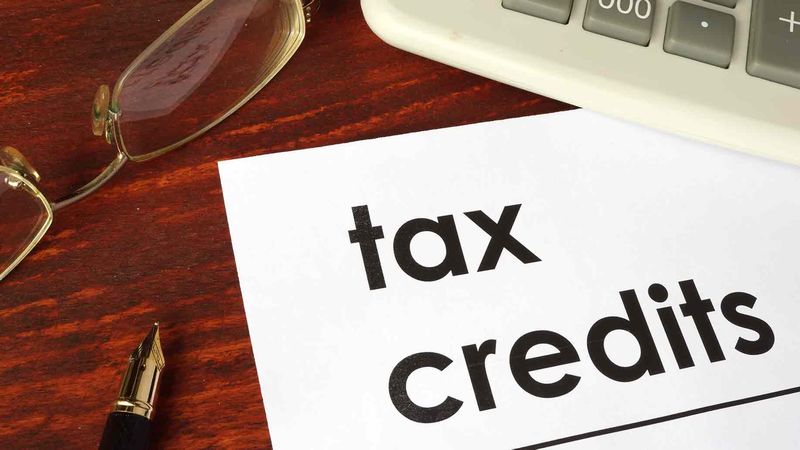Owning your own business means that you have to spend a lot of money paying taxes to the government. Small business owners know how hard and financially draining this can be. However, in reality there are several ways to reduce your tax burden.
The Research and development tax credit program, or R&D Tax Credit, is one great way for small businesses to save some money on taxes when they invest in innovation. Businesses can get approximately 10% of their research and development costs from the US Federal government as a tax credit that they can either use to offset income taxes or to get a cash refund of up to $250,000 per year via social security payroll tax offsets.

In this article, we are going to give you more information on how you can benefit from the R&D tax credit, the qualification criteria, and the application process. This is an amazing opportunity for business owners and it can help them stay in the game, no matter how much or how little money you are making per year.
How can I use the R&D tax credit program to fund my business?

The Federal R&D tax credit works out to approximately 10% of your qualified research and development expenditures. Additionally, every State has a different State R&D tax credit program.
If you are a profitable business and owe corporate taxes, you can use the R&D tax credit to lower your tax liability.
If you are not profitable, you have the option to use your R&D tax credits to offset up to $250,000 in social security payroll taxes. This comes as a refund check from the IRS. To qualify for the social security payroll tax offset, you need to have gross receipts/revenues of less than $5 million for the tax year, and have gross receipts/revenues for five years or less from the tax year.
For example, if you are a startup that is paying $600,000 to engineers to develop new software, you could potentially get a cashback of $60,000.
This is how the R&D tax credit can create a direct impact to your bottom line and provide a cash injection into your business.
How can I qualify for the R&D tax credit?

Many small companies think that they don’t qualify for the R&D tax credit, but you should always do your research and make sure you don’t miss out on this opportunity.
Your research and development work needs to meet the 4-part eligibility test outlined in the tax law. Below is a brief summary of the 4-part test:
- Develop new (or improve existing) functionality, performance, reliability, or quality of a product, process, technique, invention, formula, or computer software for the purpose of sale, lease, license or use in your business. Remember that you are not obliged to create anything new on the market. Even if you are focused on upgrading old products and making them work better, you can still benefit from this.
- Eliminate uncertainty during your research and development process that could not be solved using public knowledge.
- Evaluate one or more alternatives to eliminate uncertainties and achieve the desired end result through a systematic process.
- Utilize principles of computer science, engineering, or physical or biological sciences. Your workers can have the required knowledge by way of education or industry experience or a combination of both.
What expenses can I claim for the R&D tax credit?

You can claim employee salaries and contractor costs for those who perform or directly supervise or support qualified research and development work in the US.
If you are claiming contractor costs, you need to ensure your company retains the rights to the research and development work and associated intellectual property.
You can also claim hosting costs such as Amazon Web Services, Google Cloud, etc. as well as the cost of supplies used in research and development, including extraordinary utilities, excluding capital items or general administrative supplies such as travel, shipping, or royalty expenses.
Final words

To prepare your application, it is best for you to use an R&D Tax Credit Software like Boast.AI which also has in-house tax credit experts, contact a tax credit expert, or do this on your own.
There is a lot of money at stake and doing this on your own can be a time-consuming process and distract you from running your business.
To file an R&D tax credit application, you need to identify all the activities in the tax year that qualify per the 4-part test along with the associated expenses. Then you need to prepare a technical narrative for each of the activities along with evidence of the work performed to ensure that your claim is not denied during the IRS audit.
Once you have identified the qualified activities and associated expenses, you need to enter the information into the R&D tax forms and file it with your corporate tax return.
This is a great advantage for startups and small medium businesses that want to stay active on the market and contribute to the industry. If you are developing any type of innovative product or improving your existing products to grow your business, you will be able to qualify for this opportunity. You can read a detailed FAQ about the R&D Tax Credit here.



